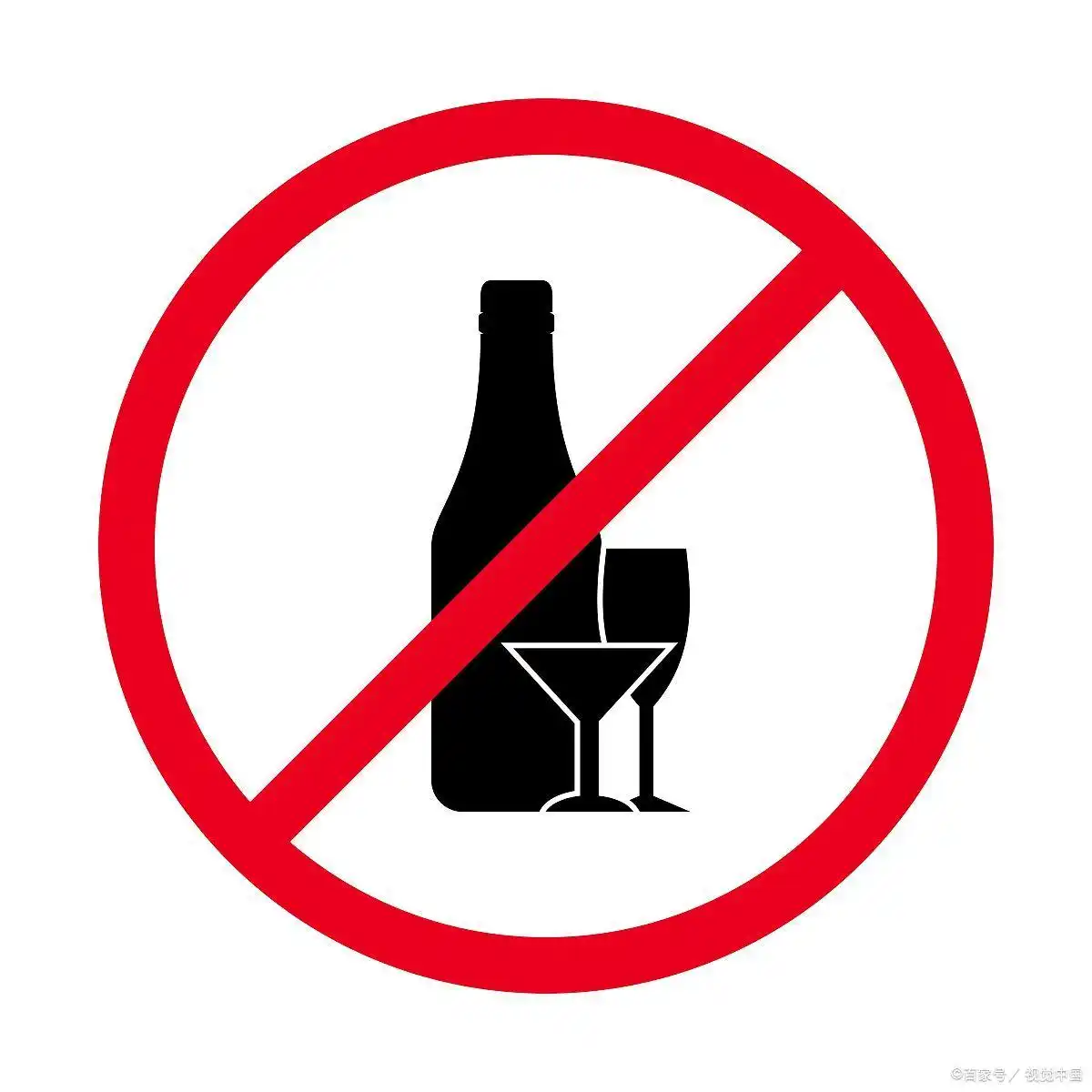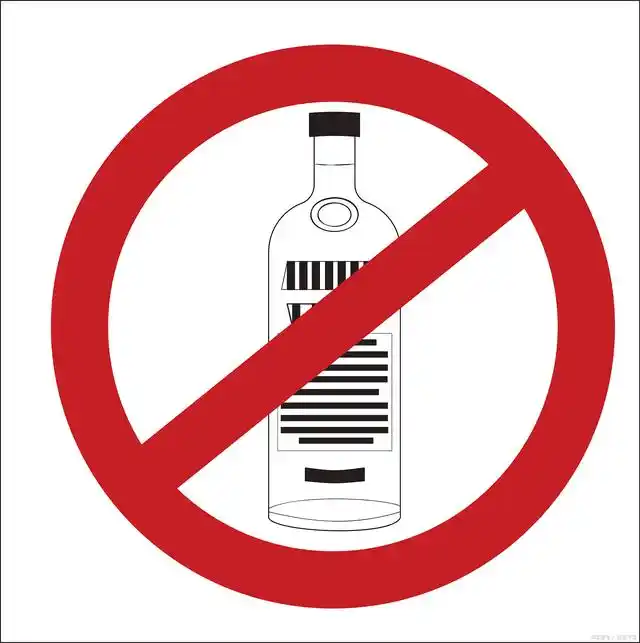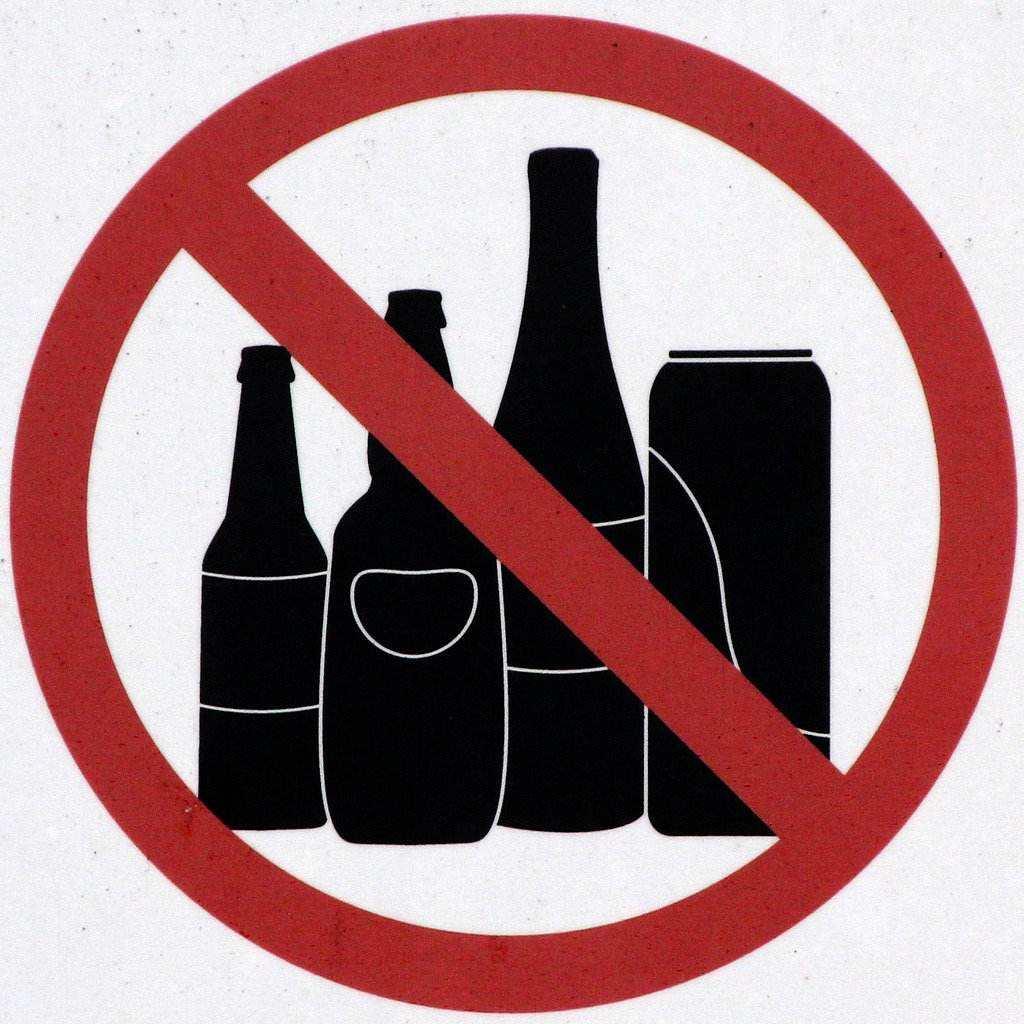A Comprehensive Approach: The Phased Implementation Alcohol Recovery Program for Achieving Sustainable Abstinence
Alcohol use disorder (AUD) is a complex and multifaceted condition that affects millions of individuals worldwide. Traditional approaches to alcohol recovery often adopt a one-size-fits-all methodology, which, while beneficial for some, fails to address the unique needs and challenges faced by many individuals striving for sobriety. In response to this, the Phased Implementation Alcohol Recovery Program (PIRP) has emerged as a structured, individualized, and evidence-based framework designed to guide individuals through the journey of alcohol abstinence. This program is built on the principle that recovery is not a linear process but a series of stages, each requiring tailored interventions and support systems.
Phase 1: Assessment and Personalized Planning

The first phase of PIRP focuses on comprehensive assessment and the development of a personalized recovery plan. This initial stage is critical, as it lays the foundation for the entire recovery journey. During this phase, individuals undergo a thorough evaluation conducted by a multidisciplinary team of healthcare professionals, including physicians, psychologists, and addiction specialists. The assessment covers various dimensions, such as the severity of alcohol dependence, co-occurring mental health disorders, physical health status, social support networks, and personal motivations for seeking abstinence.
Based on the assessment results, a customized recovery plan is created. This plan outlines specific, measurable, achievable, relevant, and time-bound (SMART) goals tailored to the individual's needs. For instance, someone with severe dependence may require medically supervised detoxification, while another individual with moderate dependence might benefit from outpatient counseling and support groups. The personalized plan also considers the individual's lifestyle, responsibilities, and preferences, ensuring that the recovery process is both practical and sustainable.
Phase 2: Detoxification and Stabilization
The second phase of PIRP addresses the physical aspects of alcohol dependence through detoxification and stabilization. Alcohol withdrawal can be a challenging and, in some cases, life-threatening process, making medical supervision essential. During this phase, individuals may receive pharmacological interventions to manage withdrawal symptoms, such as benzodiazepines to reduce anxiety and prevent seizures, or vitamins and nutrients to address deficiencies commonly associated with chronic alcohol use.
Beyond physical stabilization, this phase also incorporates psychological support to help individuals cope with the emotional and mental challenges of withdrawal. Counseling sessions, both individual and group-based, are introduced to provide a safe space for expressing fears, frustrations, and hopes. The goal of this phase is not only to achieve physical sobriety but also to stabilize the individual emotionally, preparing them for the long-term work of recovery.
Phase 3: Intensive Therapy and Skill Building
Once detoxification is complete, the third phase of PIRP emphasizes intensive therapy and the development of coping skills. This stage is often the most transformative, as individuals learn to understand the underlying causes of their alcohol use and acquire tools to maintain abstinence. Therapeutic modalities may include cognitive-behavioral therapy (CBT), dialectical behavior therapy (DBT), motivational interviewing, and trauma-informed care, depending on the individual's needs.
CBT, for example, helps individuals identify and challenge distorted thoughts and beliefs that contribute to alcohol use, while DBT focuses on emotional regulation and interpersonal effectiveness. Additionally, skill-building workshops cover topics such as stress management, relapse prevention, communication skills, and problem-solving techniques. These skills are crucial for navigating triggers and high-risk situations without resorting to alcohol.
Family therapy is also integrated into this phase, as AUD often impacts loved ones. Involving family members in the recovery process can repair relationships, build a supportive home environment, and address enabling behaviors that may hinder progress.
Phase 4: Maintenance and Relapse Prevention
The fourth phase of PIRP shifts the focus to maintaining sobriety and preventing relapse. Recovery is an ongoing process, and this phase is designed to provide continued support as individuals transition back into their daily lives. Regular check-ins with counselors, participation in support groups like Alcoholics Anonymous (AA) or SMART Recovery, and ongoing therapy sessions are key components of this stage.
Relapse prevention planning is a central element of Phase 4. Individuals work with their therapists to identify personal triggers, develop strategies to avoid or manage them, and create an action plan for responding to cravings or slips. This proactive approach empowers individuals to take ownership of their recovery and build resilience against potential setbacks.
Additionally, this phase encourages the adoption of a healthy lifestyle, including regular physical activity, balanced nutrition, and engaging in hobbies or interests that provide fulfillment and purpose. Many individuals also explore spiritual or mindfulness practices, such as meditation or yoga, to enhance their emotional well-being.
Phase 5: Long-Term Sustainability and Growth
The final phase of PIRP is centered on long-term sustainability and personal growth. By this stage, individuals have achieved stability in their sobriety and are focused on building a meaningful, alcohol-free life. This phase emphasizes the importance of ongoing self-reflection, goal setting, and community involvement.
Many individuals in Phase 5 take on roles as mentors or volunteers within recovery communities, offering support to others who are earlier in their journey. This not only reinforces their own commitment to sobriety but also fosters a sense of purpose and connection. Continuing education, career advancement, and nurturing healthy relationships are also prioritized, as they contribute to a fulfilling and balanced life.
It is important to note that the journey through PIRP is not rigid; individuals may move back and forth between phases as needed. Flexibility is a key strength of this program, allowing it to adapt to the evolving needs of each person.
Conclusion
The Phased Implementation Alcohol Recovery Program offers a holistic and individualized approach to achieving and maintaining alcohol abstinence. By addressing the physical, psychological, and social dimensions of AUD through structured phases, PIRP empowers individuals to take control of their recovery and build a sustainable, fulfilling life free from alcohol. While the journey is challenging, the phased framework provides a clear roadmap, ensuring that no one has to navigate the path to sobriety alone.



发表评论